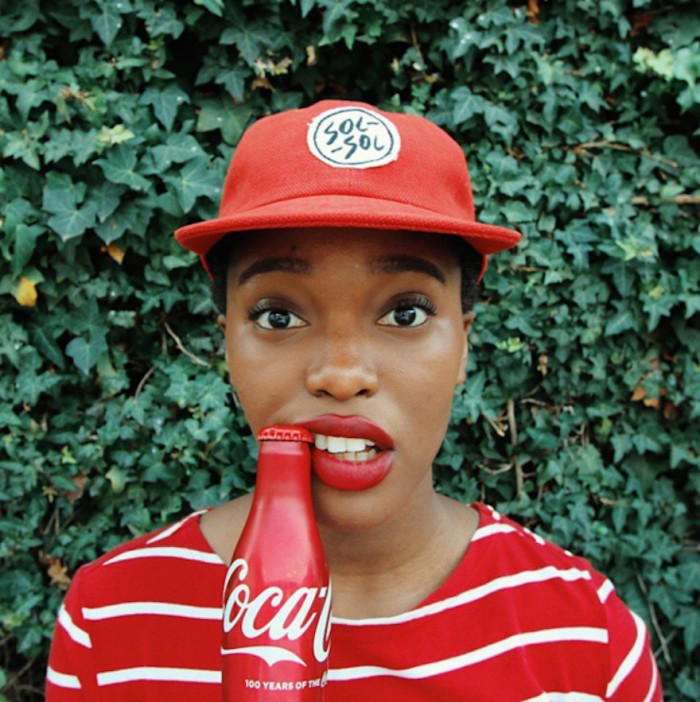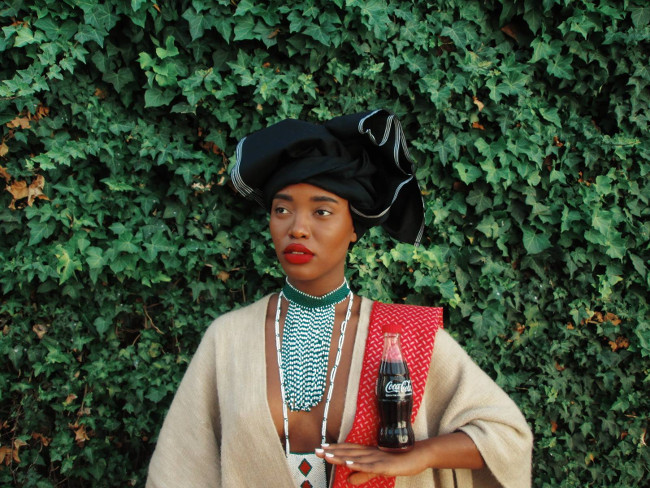Tony Gum Creates 'Mercurial Aesthetic' Free of Racial, Cultural Or Sexual Oppression
/Women artists were more obvious in this year's Art Basel in Miami, and especially at PULSE Miami Beach.
At Christopher Moller Gallery, young Capetown artist Tony Gum, born Zipho Gum, was such a smash in New York March 2016 and then Art Basel Miami December 2016, that she was just named in ArtNet's 14 Emerging Women Artists to Watch in 2017.
Vogue called Tony Gum "the coolest girl in Cape Town", based on her tightly curated Instagram feed. Her Instagram becomes a gallery to communicate with corporate brands like Coca-Cola and Adidas about issues of race, women, pop culture and art through the lens of her own penetrating, clear-eyed, articulate and sophisticated vision.
Gum-- who says she is always evolving as an artist in learning and wants to remain 'unfinished' and humble -- studies film and production at CPUT (the Cape Peninsula University of Technology). American film producer and director Wes Anderson is a major influence in her cultural fusions, which are then allied aesthetically and ideologically to African pop culture.
Gum (pronounced Goom) says that her work is not unique in communicating the hardships Africa faces. But she is committed to spotlighting the fact the ‘She’ remains the power figure” in the continent's collective consciousness. Given the secondary status of the continent's women -- impacted also by colonial occupation -- it's easy to forget the unique goddesses buried deeply in ancestral memory.
Interviewed about his rapture over Tony Gum's work, Christopher Moller says: "“Tony Gum seems to have freed herself from a history of oppression – be it racial, cultural, or sexual – and, seemingly single-handedly, recreated herself as a mercurial aesthetic intelligence.”
In her ‘Coca-Cola Series’, as seen on her Instagram account, Gum re-imagines the brand with an array of projected identities, ranging from the matriarch in traditional Xhosa costume to the West End Playboy Bunny, marking a newly minted ironic and playful take on the ubiquitous and morbid preoccupation with identity politics.
“In Gum’s case it is the fusion of the African exotic, the ethnic traditional, the Afropolitan urban chic, and the iconic Bunny Girl which allows for a new framework, or prism, through which to see contemporary African art,” explains Moller.








